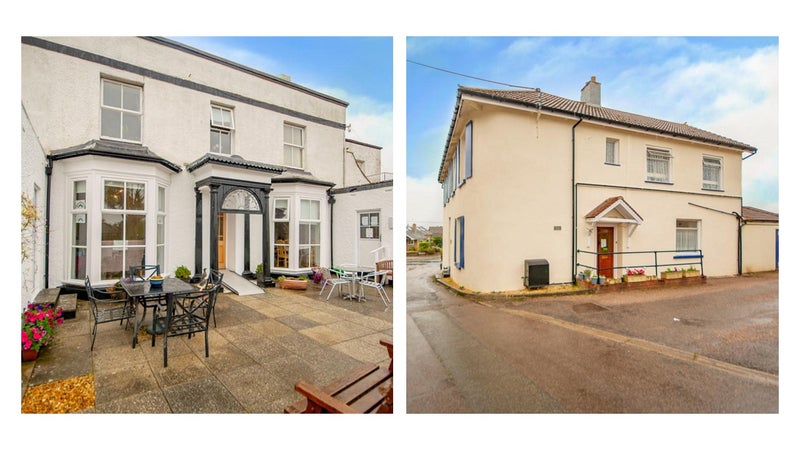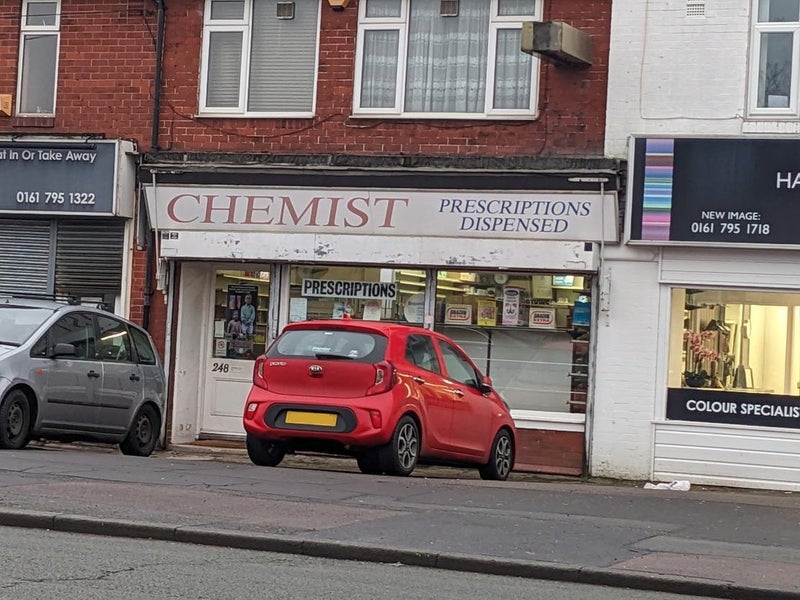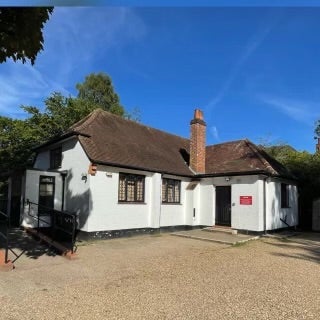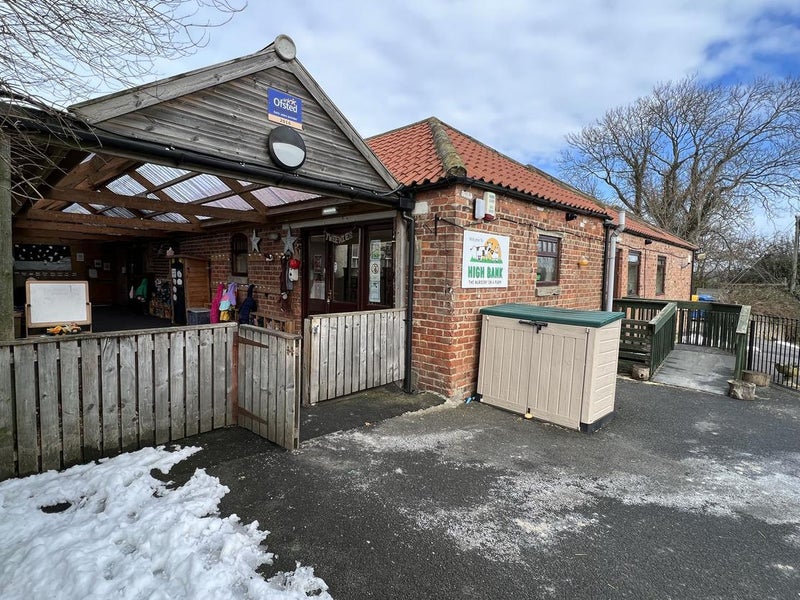Forecourt Future
Matthew Williamson, Head of Retail Valuation looks at the shift in ownership of UK forecourts in recent years as oil companies have divested assets and linked purchasing independents into supply agreements.
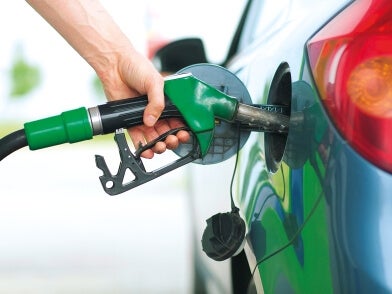
If we think back to petrol stations of the 1980’s and early 90’s they bear little resemblance to modern forecourts. Back then we had attended pumps (‘just put in a fiver’s worth’!), small kiosks largely selling Yorkies and Silk Cut and windscreen wipers and mobile phones so big you couldn’t use them whilst refuelling even if you wanted to!
Fast forward to 2016 and we, as consumers, expect so much more from our petrol stations – modern self-serve facilities, pay at pump, 24 hours, a full convenience offer selling fresh and ambient foods, beers wines and spirits, branded coffee and even some tobacco products!
It’s no wonder therefore that the ownership of forecourts has also changed dramatically over the intervening years. Fuel companies, whilst proficient at finding oil, refining it, distributing it and investing in their global brands, are not convenience retailers nor are they coffee retailers or great at washing cars.
As the range of facilities expected on modern forecourts has widened, so has the number of recognisable brands displayed on forecourts. Whilst the fuel brand may still be the most prominent brand, consumers are also drawn to the shop brand, car wash brand, food to go brand and increasingly, coffee brand. It could be said that consumers in 2016 are drawn to a particular forecourt based on the brand of coffee available as much as the fuel!
It’s no surprise therefore that the ownership structure has changed with a seismic move away from oil company ownership to the independent dealers.
However, alongside this shift, has been a marked reduction in the number of forecourts across the UK. Most of this has been driven by the rise in the number of supermarkets with adjacent forecourts which has changed buying habits. Although we are now seeing a move away from ‘big box’ supermarkets to convenience retailing so we could see a further shift but I’ll explore that later.
Since 2001, the number of forecourts in the UK has decreased by 31% to 8,494. We could blame all of this decrease on the rise of the Supermarkets who take out smaller independent sites in their wake. Whilst this is partly true, between 2001 and 2007 we saw a significant increase in property values which meant a number of smaller, older sites were worth more for alternative use than as forecourts and speculative developers acquired many sites for new residential developments. Of course this stopped in 2008 (although we are starting to see developers back in the market and looking at forecourt sites).
In terms of the supermarkets, published figures suggest that supermarkets own 17% of sites but dispense around 44% of total fuel volumes. Supermarkets sell an average of 10.8 million litres of fuel per annum compared with the average oil company volume of 5.1million litres and independent dealers averaging at 2.4million. Clearly, the convenience of supermarket fuel and aggressive pricing has changed buying habits. However, part of this could be that supermarket forecourts are often large, modern and easy to use when compared to smaller independent sites that may be tight on space and not so easy to access.
In 2015 we saw a huge reduction in the appetite for supermarkets to add more large stores to their estates. This was, in part, due to their retrenching after profits were hit by discount supermarkets and burgeoning internet shopping – ironically a phenomenon that is helping drive fuel volume attributable to light goods vehicles . The major supermarkets have realised that consumers want the same quality from their convenience brands as they expect from their supermarkets and as a result we have seen supermarkets focusing on convenience and smaller format stores.
The shift in ownership shifted towards the independent sector has happened as major shop and fuel brands developed partnership agreements. For example, BP/M&S, where the ‘best’ brands from both sectors combine to provide the pinnacle of the consumers requirements – two major brands, modern facilities, convenience and that all important feel good factor.
Oil companies have recognised that they are great at finding and distributing oil, whist retailers better placed to maximise the potential for forecourts.
It’s all about supermarkets, oil companies and convenience retailers doing what they do well and sticking to their core business.
So if we have seen oil companies partnering with the best convenience/food retailers for larger sites and supermarkets now at saturation point in terms of large ‘big box’ supermarkets with fuel where does that leave the rest of the market?
One of the main stumbling blocks can be the corporate operator’s marketing/brand managers. It’s one thing realising that other companies are better at operating parts of your business than you are but another thing deciding whose brand should sit next to yours on site! If you are global fuel brand recognisable from London to Hong Kong to the Amazonian rainforest you need a shop partner who can deliver the same level of service and not detract from your brand.
Thankfully, while the oil companies were realising that the convenience market was changing, so were independent dealers and the convenience retailers themselves. Global brands like Spar and national brands like Budgens, Costcutter and Londis were all ‘upping their game’ at first on the suburban parades of the UK and then on our forecourts. Throughout the 1990s and the noughties we saw huge strives by the convenience sector to move away from dusty corner shops with limited ranges to larger, modern retail spaces in good locations, stocking a wide range of top up and convenience goods including fresh, ambient and frozen foods, a wide selection of beers and wines, snacks, groceries, hot food and more recently takeaway coffee.
Much of the UK’s population do not see car ownership as a luxury but rather a basic requirement for modern living. Therefore, the purchase of fuel is often seen as a necessity rather than a discretionary spend. If consumers visit forecourts out of necessity, it is the operator’s job to maximise profit derived from each visit.
So the scene was set for the independent dealer market – oil companies realising that others can operate their sites more efficiently, convenience brands improving recognition and quality and independent forecourt operators realising that not just relying on fuel margins and becoming ‘retailers’.
The resulting orderly exit of BP, Shell, Total and Esso sites into the independent sector came to a conclusion in 2015. Only BP and Shell have retained company-owned estate.
The oil companies have been able cling on to these sites through five year supply agreements which came as a condition of the sale. A one-off pay day but one that sees the new retailer take on board the liability for improving and maintaining the site.
Such disposals have been a mix of individual sites sold in small batches through to an entire network (MURCO) over the last 5 years. The larger ‘Indie’ groups have been able to grow their site numbers exponentially whist the smaller regional independent operators have been able to pick up a number of often good sites with above average core fuel sales and perhaps dated and under invested shops.
Some buyers have acquired the site, retained the forecourt as is and extended or refitted the shop and seen an immediate improvement in profitability.
The Association of Convenience Stores (ACS) published figures in 2013 (CHECK) that a move from a non branded store to a symbol group (i.e. Spar, Londis, etc) saw an increase in trade of 15% (CHECK) and this has been proven in recent years.
Where the shop is improved and attracts additional footfall there is usually a positive effect on the fuel sales so both the operator and oil company benefit.
Oil company divestment has also resulted in the rise of the four ‘Super Dealers’. Euro Garages, MRH, Rontec and Motor Fuel Group with private equity funders have been well placed to acquire large portfolios and are now working through the sites refitting, extending and developing to take the sites forward. These dealers now own 18% of all UK sites.
In particular, Euro Garages are incorporating a number of the most recognisable brands in the market - Esso/BP/Shell plus ,Spar, Starbucks, Greggs, Subway and Burger King. However, the smaller regional operators are not far behind with sites like HKS Sandringham transforming a poor suburban site to provide the latest offers in fuel and convenience including branded food to go, coffee and even internet cafe.
So what does the future of forecourt ownership look like?
We expect the number of forecourts to stabilise around 8,000 as lower-end sites and some in prime real estate locations are developed for alternative use. Some new-to-industry sites will be developed and many existing sites will be redeveloped.
Supermarkets are unlikely to reignite their interest in the very largest stores coupled with a PFS over the next few years with the majority of new build sites coming from the independent sector.
The independent sector is likely to become more consolidated and tiered with the largest groups becoming more ‘corporate’ in structure and outlook. External global backers will require greater investment and returns that can only be met by developing and maximising each and every site they own. Eventual floatation and public status will follow pitching them more directly against the major supermarket chains.
Oil company ownership is likely to stabilise with BP and Shell unlikely to sell many more of their sites other than through swap deals or where there is an opportunity for them to develop sites in partnership with their chosen retail operator (i.e. BP/M&S).
That leaves the ‘true’ independent sector where the family-owned regional groups are offering a great product, developing new sites, redeveloping old sites and are competing on every level with the larger operators. A factor of this market is that consumers often do not know whether a forecourt is owned by the oil company or a third party so any improvement in brand confidence as a result of the ‘corporate’ operators will feed through to the smaller independent site with the same brand. The sector is riding a wave of healthy margins helped by low oil prices and increased confidence from the UK banks to lend into the sector. This is coupled with a rise in the number of new entrepreneurial operators who are retailers at heart and understand the consumer’s needs and desires and are ready to fulfil them.
The nature of motoring is likely to change over the next decade with the rise of alternative fuels. It will be interesting to see a typical forecourt pole sign 2026 to see which is the most prominent brand – oil company, shop, electrical power or coffee!
First published in Retail Marketing Survey in April 2016 Licensed for print and electronic distribution to Christie & Co and sites owned by Christie & Co exclusively.
(c) This information is the intellectual property of the Energy Institute, Any unauthorised copying, republication or redistribution of Energy Institute material, either in print or electronically, wholly or in part, is expressly prohibited without the prior written consent of the Energy Institute. The Energy Institute logo together with the EI letters (logo) are registered trade marks of the Energy Institute. For additional information on the Energy Institute, please visit www.energyinst.org<http://www.energyinst.org>


